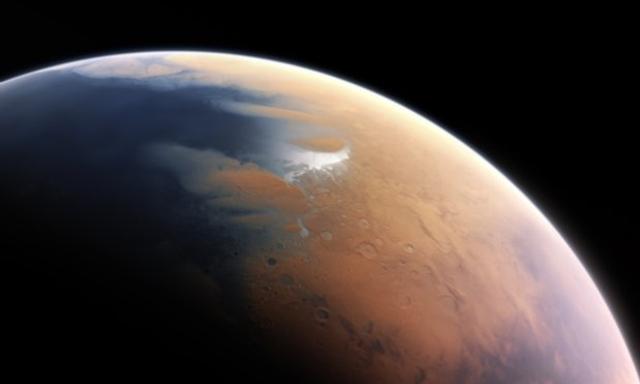The ESO, better known as the European Southern Observatory, has reportedly detected a planet that could be capable of sustaining life.
A report surfaced in German newspaper Der Spiegel and was further reported by Phys.org that says the ESO has reportedly detected an exoplanet near the Proxima Centauri star, 4.25 light-years from the Sun. The exoplanet is situated in area that astronomers refer to as the Goldilocks Zone, meaning that it's in the right position in relation to the star that it could be habitable by human life.
Moreover, it's been speculated by unnamed sources that the as-yet unnamed planet could potentially have water on its surface. Finding a planet with water, within the Goldilocks Zone of a nearby star, is one of the surest signs of the potential life on a planet. The planet would represent the closest possibility to sustaining life outside of Earth, especially as it's so close to us.
Well, not that close. Currently, no technology exists that would get us to Proxima Centauri in a human's lifespan, however advances are being made in the field of rocket propulsion and the possibility of faster-than-light travel.
As for the planet, if it's found to be confirmed by the ESO, it could represent one of the biggest shifts in astronomy in many years. Much of the research by the Kepler mission and other studies have effectively narrowed down the list of inhabitable planets just to 20, many of which are more than hundreds of light-years away. If the planet is confirmed by the ESO, it would represent our closest planet that could hold life and potentially be inhabitable by humans.
Via Der Spiegel / Phys.org
Header Image via Wikimedia









































































